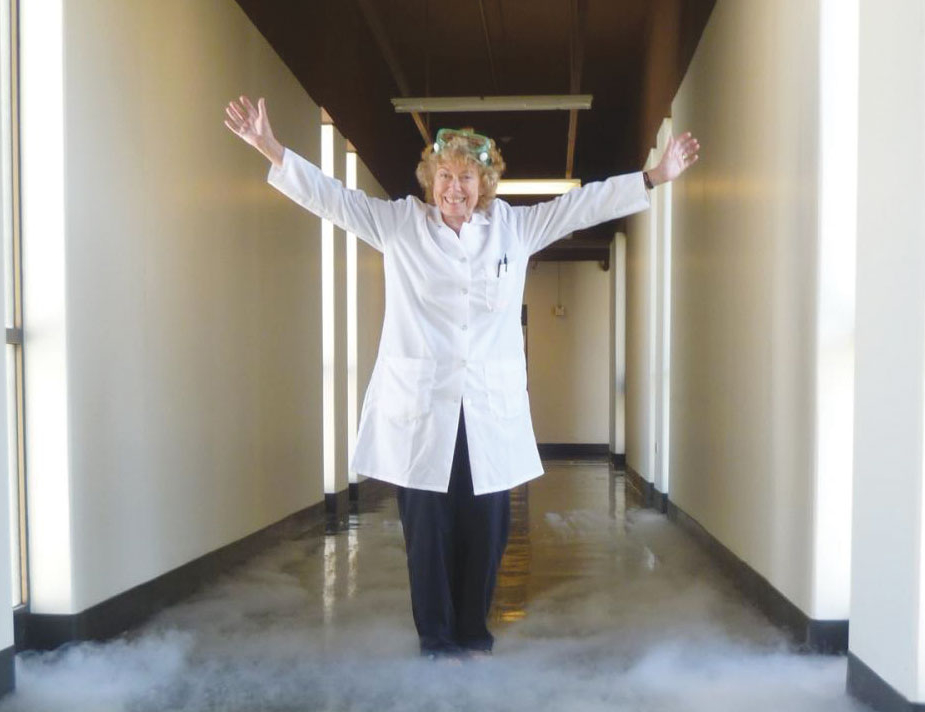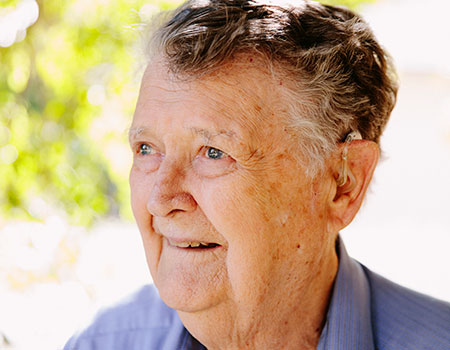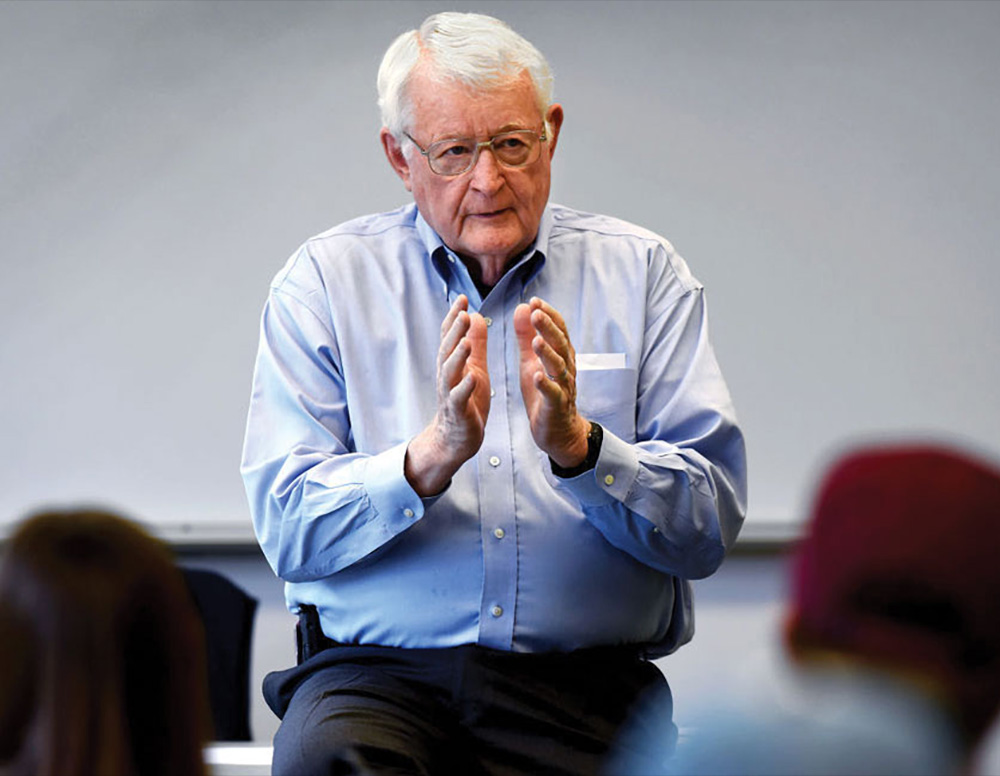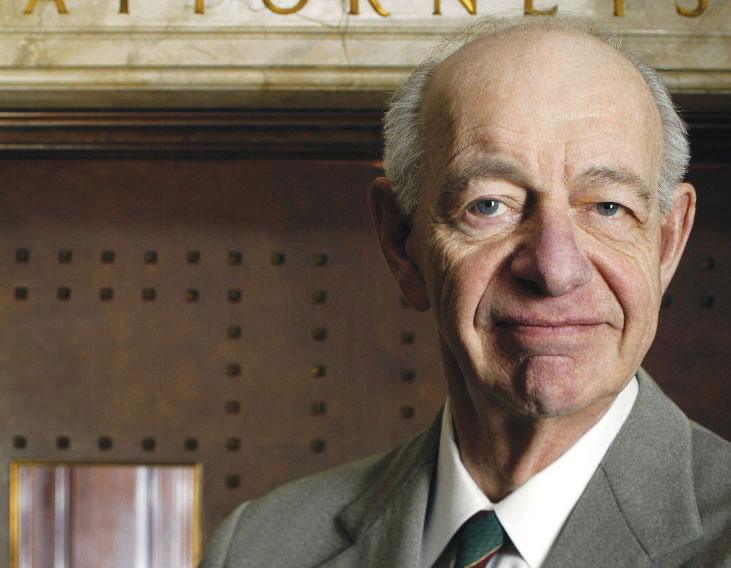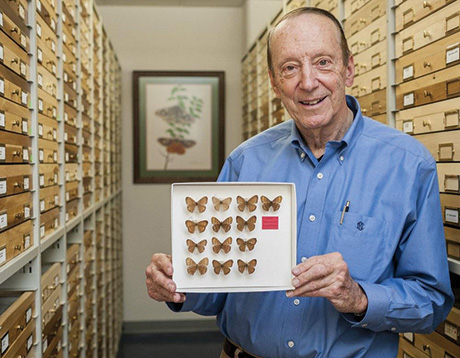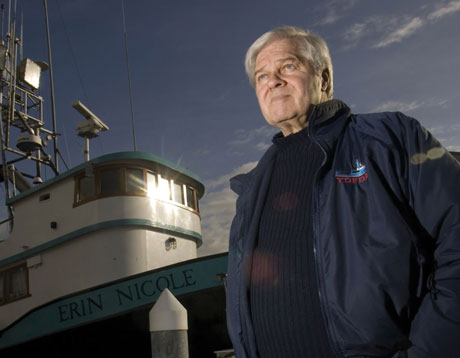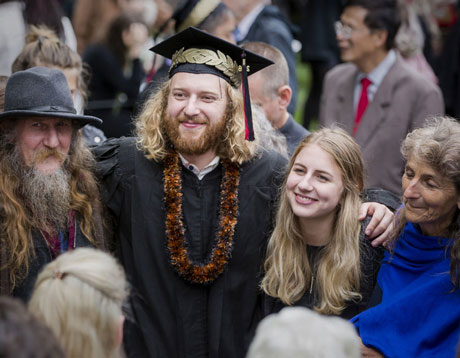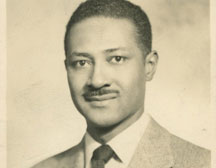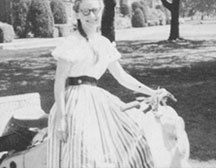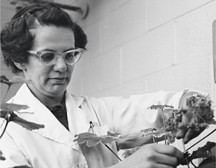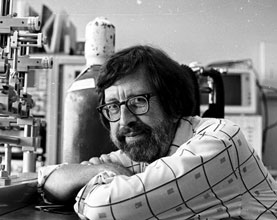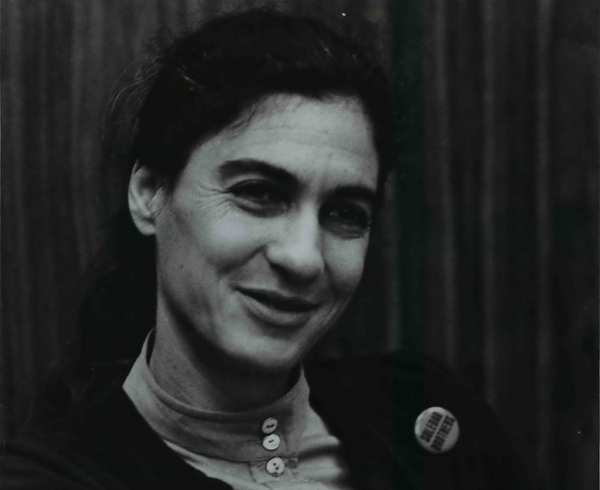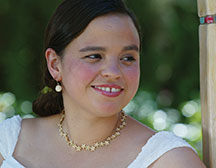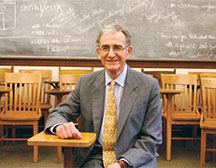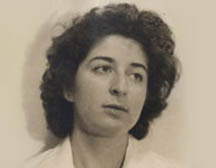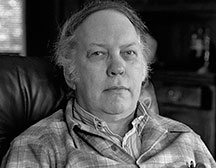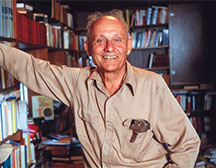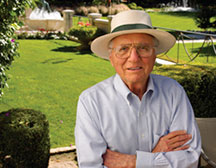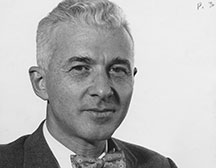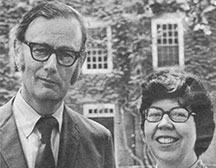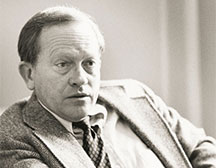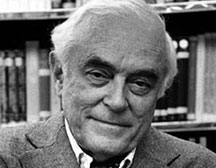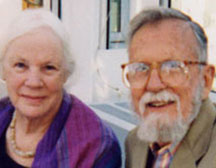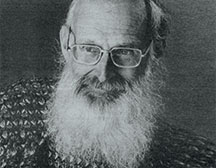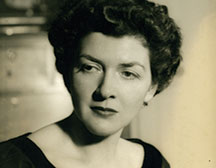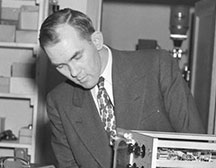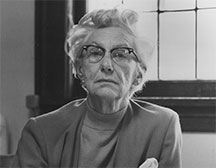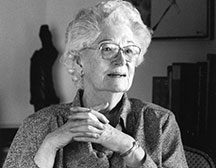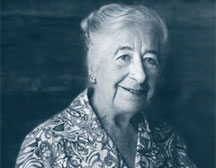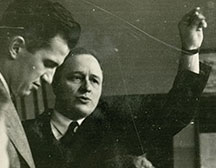The Butterfly Effect
Thomas Emmel ’63
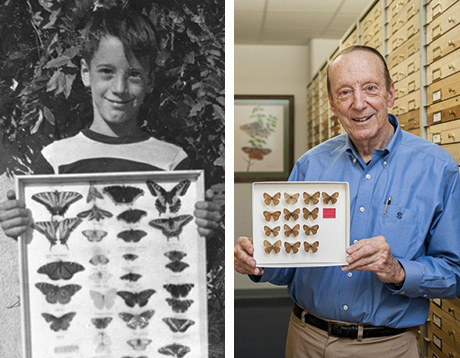
Eminent zoologist, ecologist, and entomologist, Thomas was a prolific researcher who authored more than 395 publications, including 35 books, on a dazzling array of biological subjects. But his international renown rested primarily on a lifetime of devotion to a single insect—the butterfly.
A leading lepidopterist, he founded the only institution in the world dedicated solely to butterfly and moth research, led efforts to save rare species from extinction, and worked tirelessly to make butterflies into “a welcome symbol of nature that people can identify with.”
His lifelong fascination with butterflies began at the age of 8, when his father made butterfly nets for Tom and his brother. “To his great surprise, and eventual regret, it consumed us as a hobby and finally became a profession for me and a continued avocation for my brother,” Tom remembered.
At Reed, Tom majored in biology and wrote his thesis, “Studies of Infection and Intracellular Populations of the Chlorella Symbionts of Paramecium bursaria,” with Prof. Stephen J. Karakasian [biology 1962–67]. He went on to get his doctorate in population biology from Stanford University in 1967 and was selected as a Guggenheim Foundation Fellow. Tom became a professor of zoology and entomology at the University of Florida in Gainesville.
Tom was the founding director of the McGuire Center for Lepidoptera and Biodiversity at the University of Florida in Gainesville. The $12 million center features a vivarium with waterfalls, tropical plants, and other butterfly haunts.
He gained renown for helping save two species of butterflies in the Florida Keys, directing an extensive reintroduction effort to help the endangered Schaus swallowtail butterfly recover after the devastating effects of Hurricane Andrew, as well as an extensive ecological survey and restoration effort for the endangered Miami blue butterfly. Tom also conducted research on the effects of mosquito-control pesticides on nontarget wildlife and humans living in south Florida. Those findings led to better control measures for the use of pesticides, enhancing the survival of wildlife and human health in the Keys. He led Lepidoptera expeditions to more than 40 countries around the globe.
“The next time you see a pair of Stock Island tree snails locked in a rousing bout of bizarre yet not entirely inappropriate hermaphroditic sex, you can thank Thomas C. Emmel,” wrote William Booth in a 1993 article for the Washington Post. “Were it not for Emmel, the planet probably would be waving goodbye to the rare and endangered tree snail, whose last hiding place on Earth was laid waste by Hurricane Andrew.”
Tom’s lifelong habit of careful observation yielded great scientific dividends. In 1959, as a teenager, he collected a fawn-colored species of butterfly during a three-month expedition in the Mexican highlands of Chiapas. For decades those butterflies traveled around the country with him until he landed at the University of Florida campus. In 2017, Andrew Warren, the senior collections manager at the McGuire Center, pulled out a drawer, saw the butterflies and thought to himself, “That’s new.” Nearly 60 years after the Chiapas expedition, the Cyllopsis tomemmeli were recognized as being a new species and named to honor Tom.
Tom held up Cyllopsis tomemmeli as an example of how a new species can hide in plain sight, and of the value of museum collections.
“The fact that something can be preserved for future students and professional people to study at a time when new techniques are available to verify the discovery is very important,” he said. “It shows just how long specimens can be preserved, hundreds of years in a museum, and still be invaluable to understanding the changes that have occurred. Climatic change, pesticides, heavy-metal pollution in the air—all that is recorded in the wings and bodies of butterflies.”
Tom mentored countless students in many areas, including microevolution, population biology, and ecological genetics of Cercyonis butterflies; chromosome evolution and macroevolution in the Lepidoptera; mimicry complexes in Mechanitis and Melinaea ithomiine butterflies in the Neotropics; biology, life histories, ecology, and conservation of the California butterfly fauna; fossil butterflies; and conservation efforts for the overwintering Monarch butterfly sites in southern Mexico.
Appeared in Reed magazine: September 2018
comments powered by DisqusFrom the Archives: The Lives they Led

Jeanne Knepper ’69
The First Openly Gay Woman to Be Ordained and Appointed Within the Oregon-Idaho Conference of the United Methodist Church

William Haden
As Acting President of Reed, He Strengthened the College's Finances and Alumni Relations
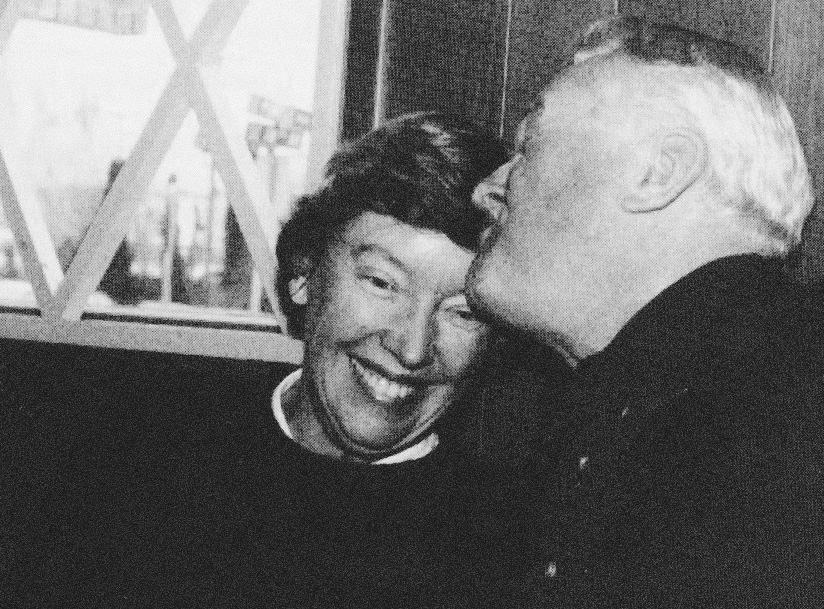
Nancy Horton Bragdon
Reed’s First Lady Whose Warmth and Leadership Were Invaluable During a Turbulent Time

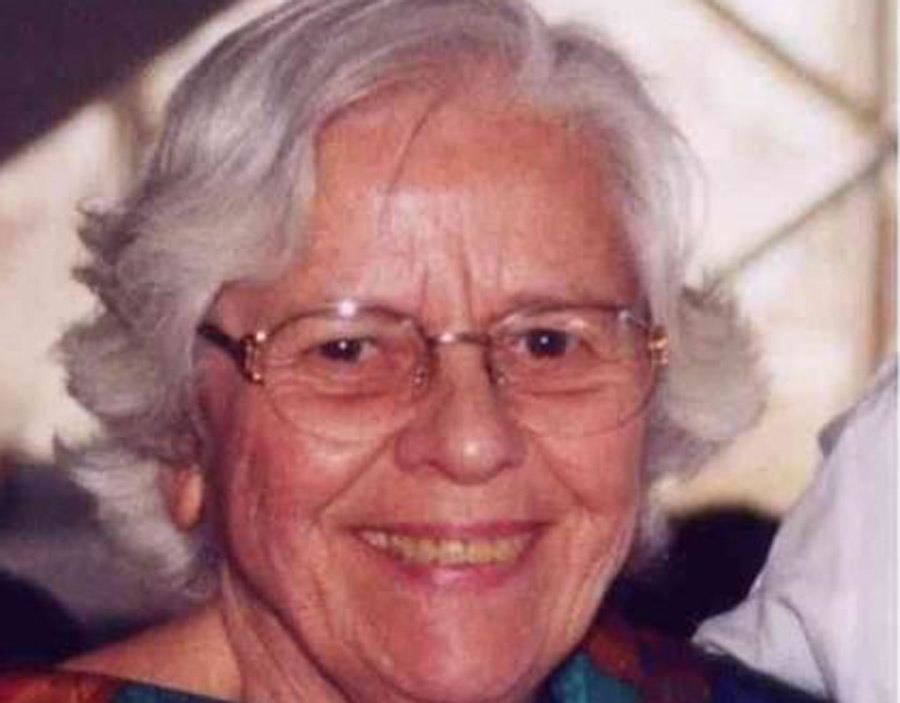
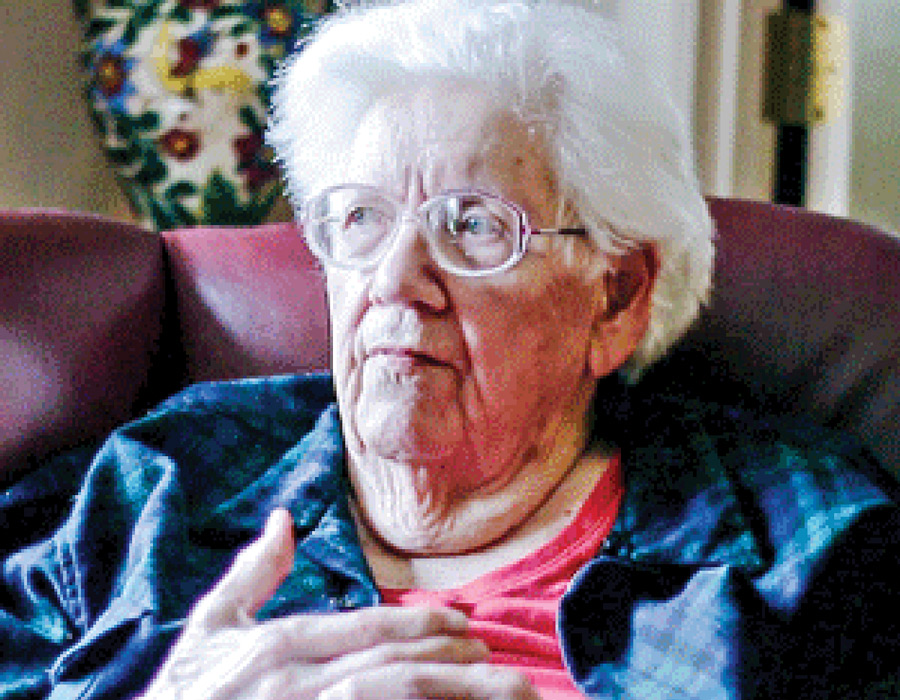
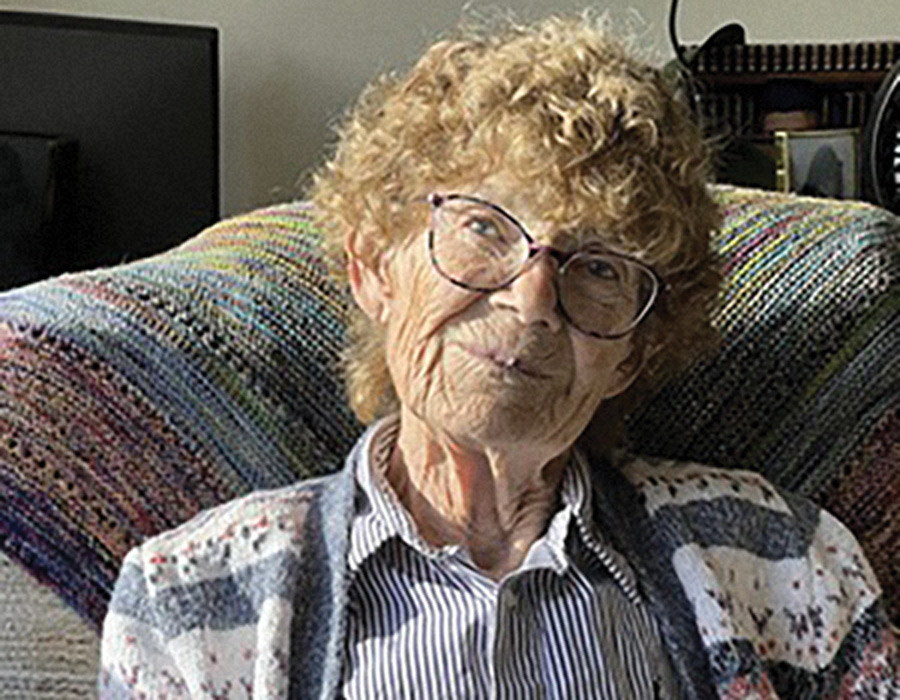
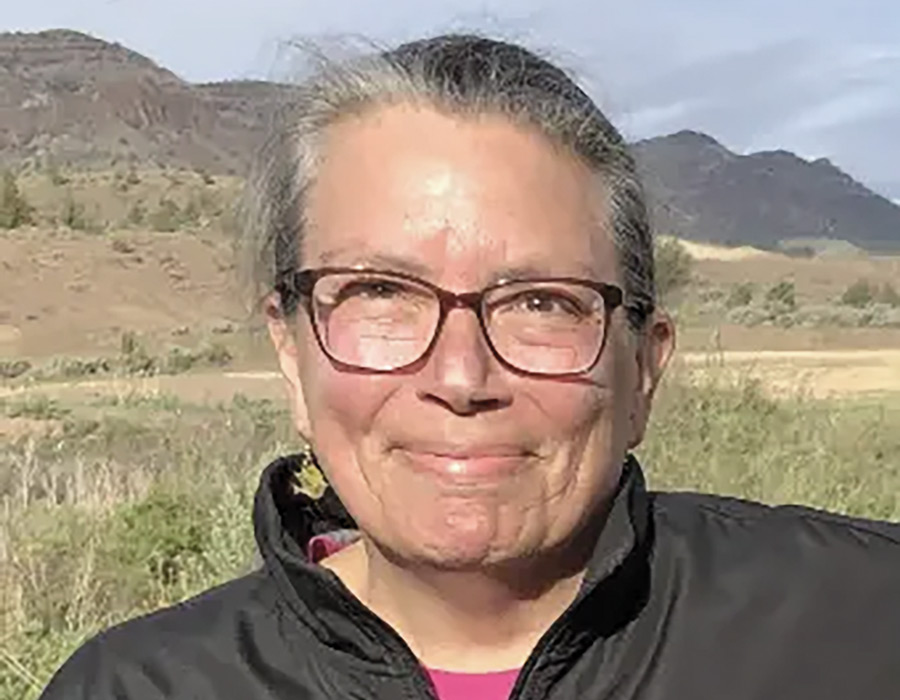
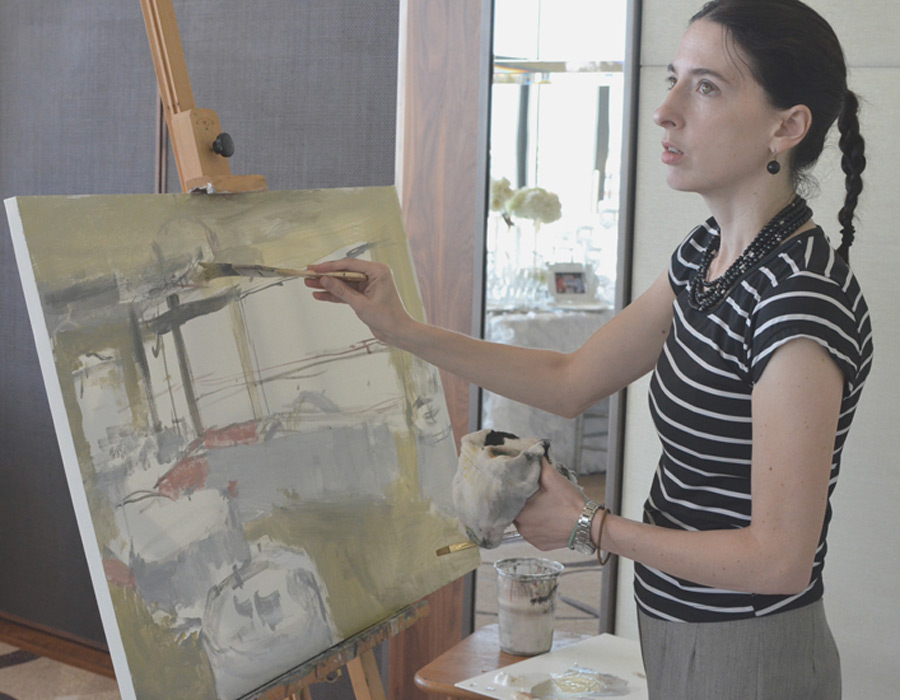
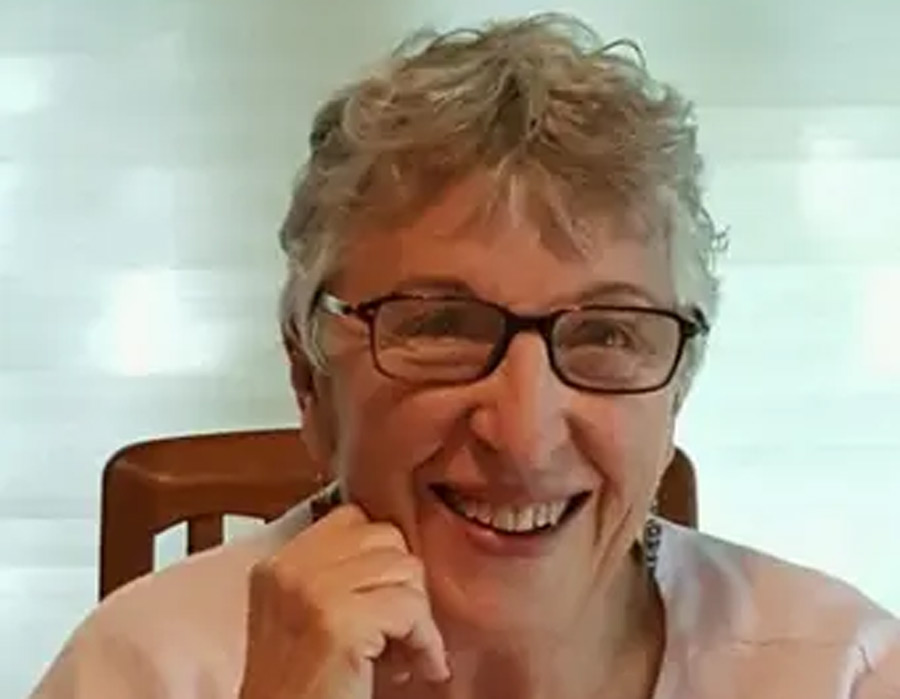



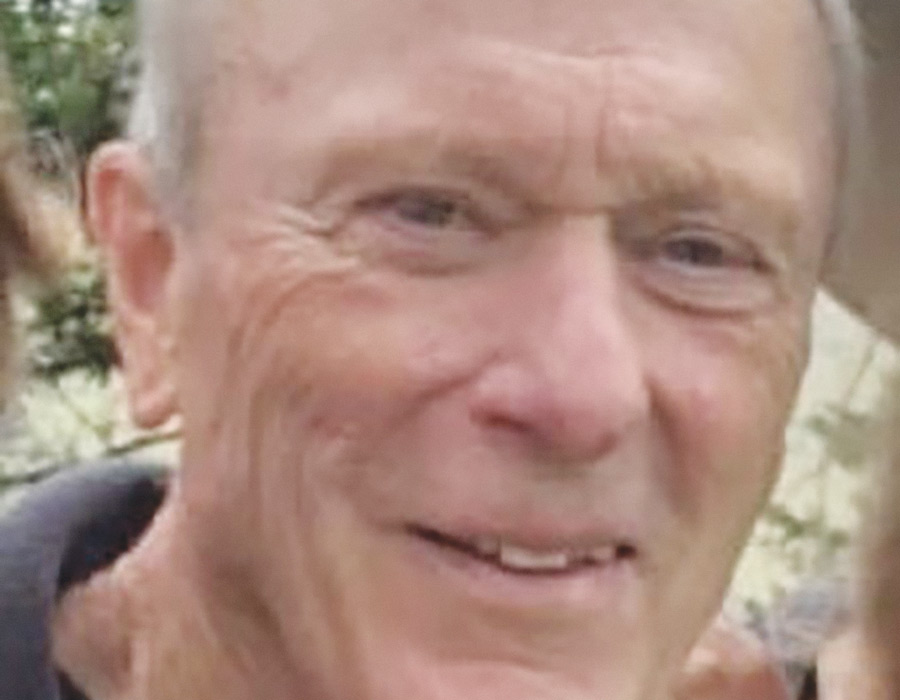


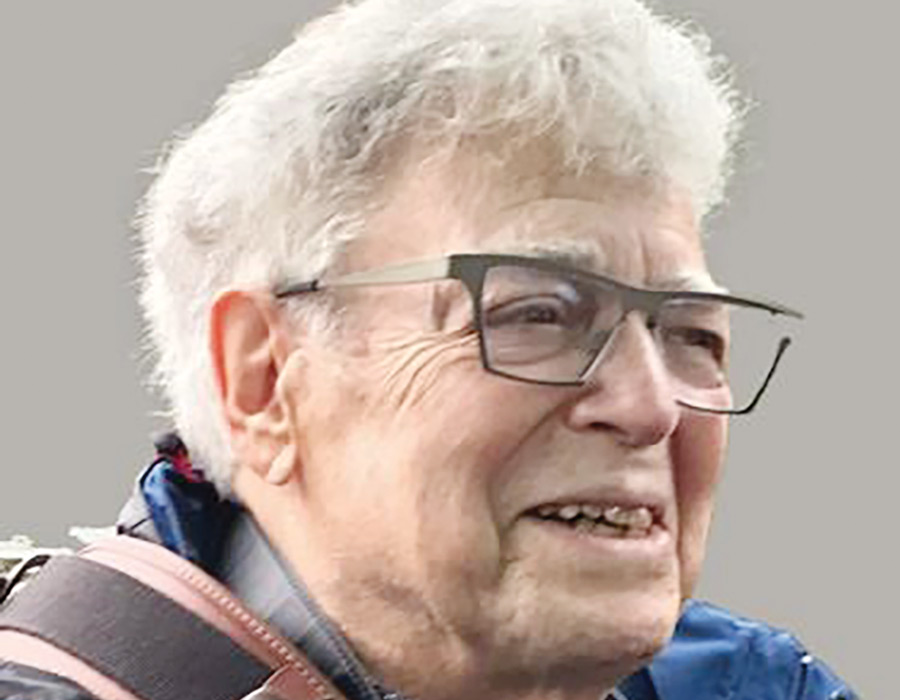
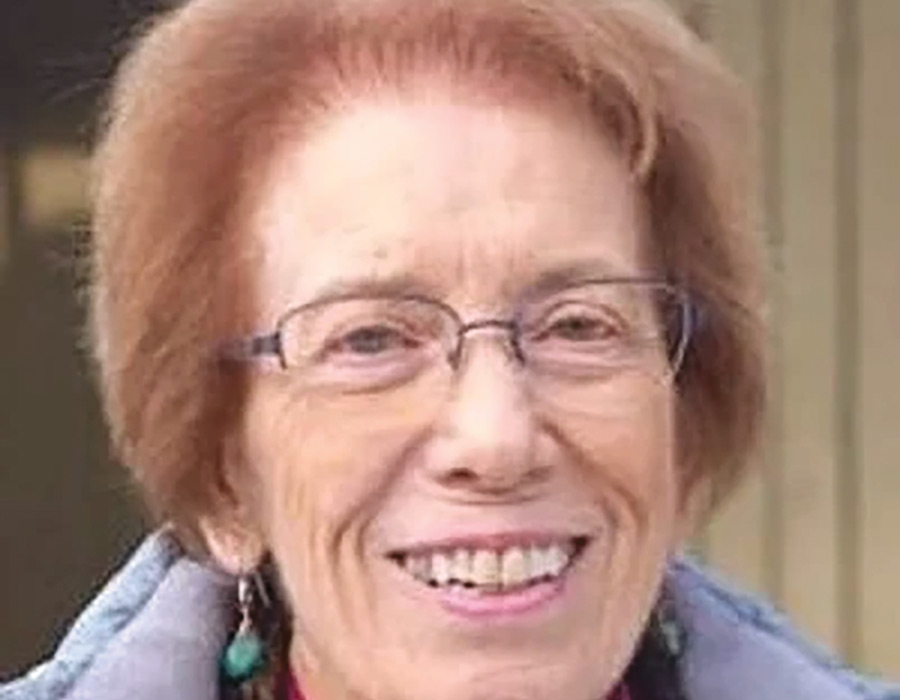
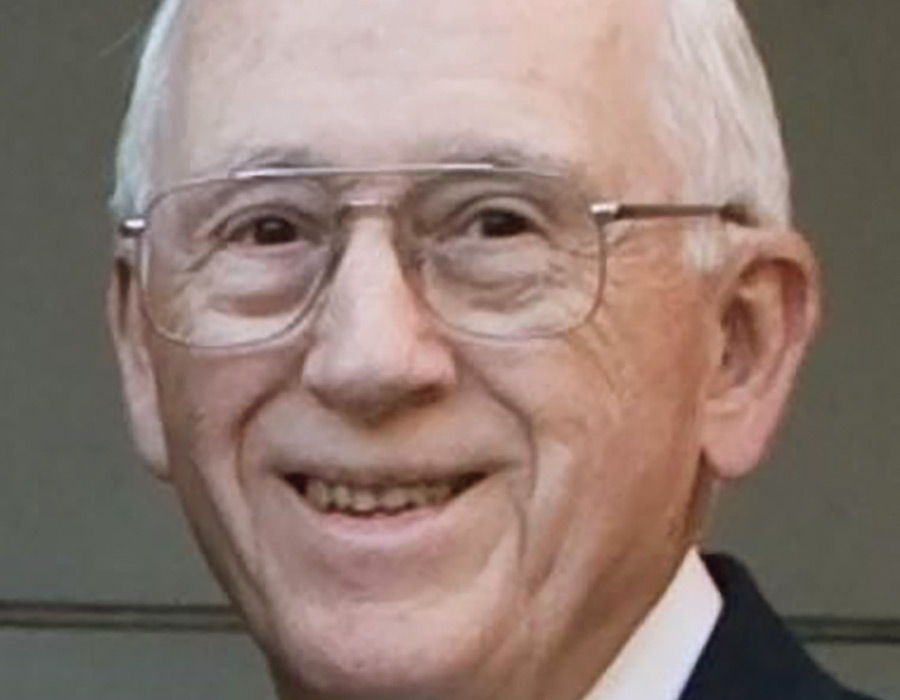


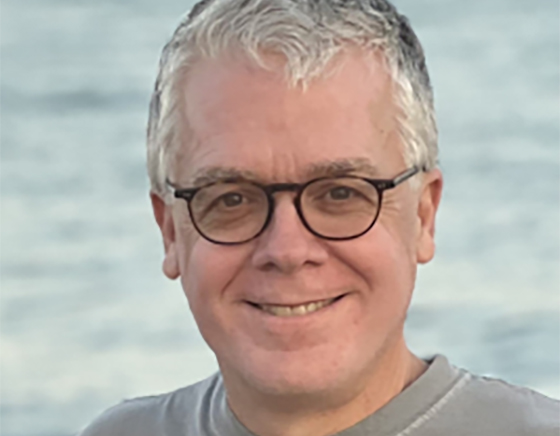




![Photo of Prof. Marvin Levich [philosophy 1953–94]](https://www.reed.edu/reed-magazine/in-memoriam/assets/images/2022/LTL-levich1.jpg)
![Photo of President Paul E. Bragdon [1971–88]](https://www.reed.edu/reed-magazine/in-memoriam/assets/images/2020/Bragdon.jpg)
![Photo of Prof. Edward Barton Segel [history 1973–2011]](https://www.reed.edu/reed-magazine/in-memoriam/assets/images/2020/Segel.jpg)
